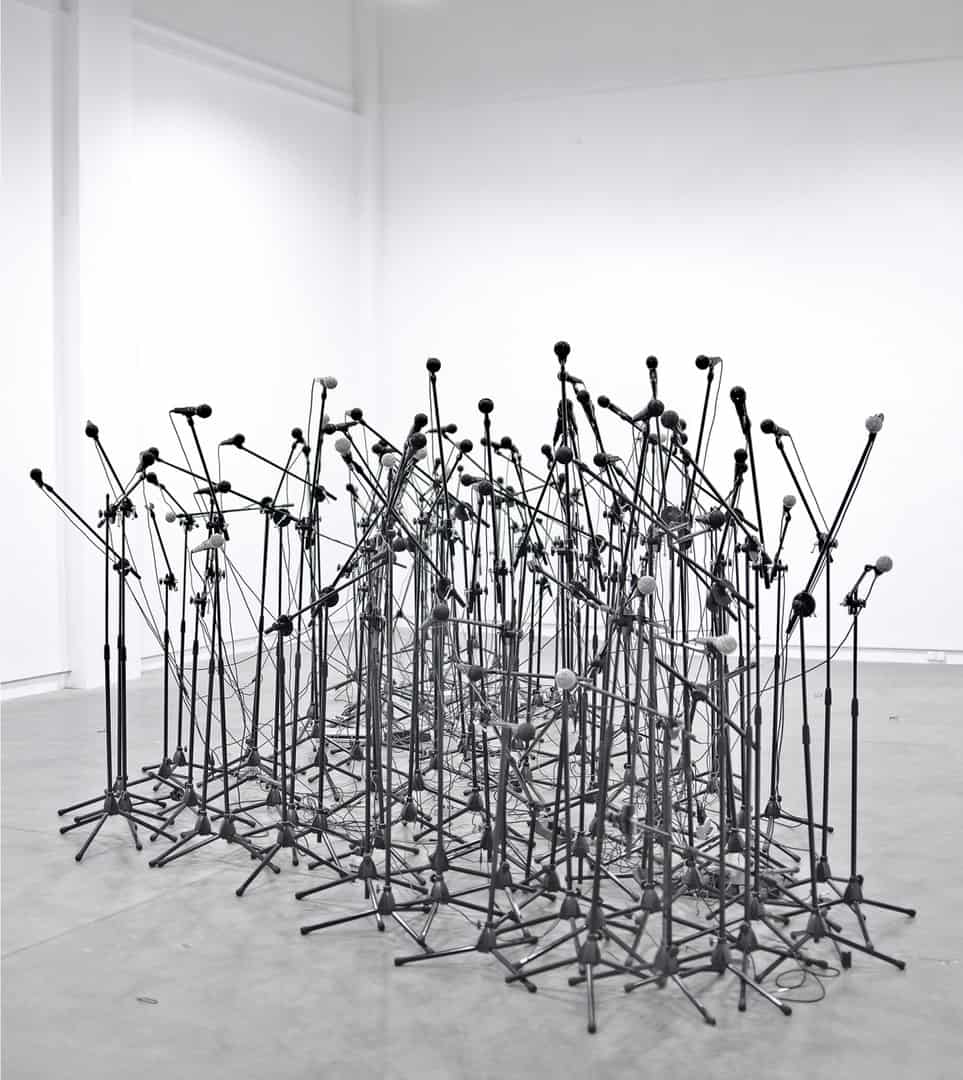The 55th Venice Biennale is drawing near. This year the Polish Pavilion has been handed over to Konrad Smoleński, an artist from the young generation chosen by the jury of a competition organised by the Minister of Culture and National Heritage. This is unorthodox, as during the last twenty years of our presence in Venice, Poland has been represented by artists belonging to the canon of 20th century Polish art (Roman Opałka 1995, Zofia Kulik 1997, Stanisław Dróżdż 2003, Krzysztof Wodiczko 2009), and they were mostly artists associated with socially and politically involved art (Artur Żmijewski 2005, Yael Bertany 2011). In the last years only Monika Sosnowska, who presented a spectacular design of a skeleton of a modernist building inside the exhibition pavilion in 2006, represented younger generation.
This year’s winner, a design by Konrad Smoleński is called “Everything Was Forever, Until IT Was No More”. The jury’s statement reads: the exhibition designed by Smoleński is a multi-element sound installation, a reference to a vision of a machine-driven, futuristic world. Huge sound structures claustrophobically fill almost all the space in the Polonia pavilion, concentrating the energy, evoking an almost physical resonance in the viewers-listeners. The installation stirs up a sensation of emotional unrest and tension, while problematising the matters of accumulation, classification and ordering of knowledge and simultaneously rising the issues of deficiency and oversaturation with information, as well as, the curators write: the slow-down of history, its suspension in motion. This may be a chance for a new beginning.
Smoleński’s participation in the Biennale is another of his successes, after receiving the Deutsche Bank Foundation Award and having his individual exhibition organised in Pinchuk Art Center in Kiev. We await the unveiling of the installation in June. If the above design comes to life, this installation will definitely fit into Smoleński’s artistic searchings. He is an artist of the multimedia, who freely employs means such as videos, installations or photography. His video projects, with installations constructed in an open space, are often connected with the act of their destruction, burning or decomposition. (The End, 2007 – to date; The Death, 2008). He reveals the fleeting character, the fragility of artistic creation and the objects around us.
He introduces an element of unrest. While looking for a balance between extreme emotions and feelings, he destroys that balance to examine its worth and its meaning.
Sound, which allows the work to affect also the other senses of the audience, is an important element of his art. Its role in Smoleński’s work is highlighted by the fact that he is a co-founder or a member of bands such as: Mama, Kristen, K.O.T., Sixa, BNNT. Sound is not only a frequent element of installations (It’s Bigger than Me), but often becomes the main means of expression. Upon entering into the room taken over by Smoleński’s work entitled The End of Radio, which is filled with his “music”, one cannot make out the words in it. This makes the viewer feel strangely uncomfortable and, after a while, even threatened. It seems that this work is based on similar principles as the design submitted for the Venice Biennale. Music acts as condensed matter thrusting violently onto the senses, it was like chaos taking the body over inch by inch, while the body’s reflex is to leave the room immediately. In such rooms we feel manhandled by sounds, we feel attacked and out of place. Acting upon their natural reflex, the audience looks for a place to hide, places where sounds are more real, more recognizable.
Smoleński’s works provoke, nudge, “touch” their audience. They interfere with our safety zones, leaving them with open wounds.
All interested parties are invited from 1 June to 24 November 2013 to the Polish Pavilion on the 55th La Biennale di Venezia.
We are sure to give you a full report on the event!
__________________
More info: http://www.culture.pl/web/english/visual-arts-full-page/-/eo_event_asset_publisher/Ny17/content/konrad-smolenski
translation: Ewa Tomankiewicz










